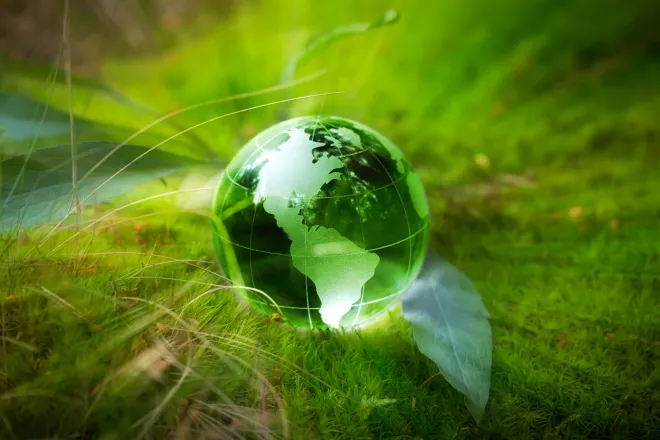
EarthTalk - Is there any way to stem the tide of fiberglass pollution?
© iStock
Dear EarthTalk:
Is there any way to stem the tide of fiberglass pollution from aging and discarded boats fouling marine ecosystems?
Jared Grissom, Summit, NJ
It’s summer vacation and you’re ready to let loose on the water. Time to head out to the lake house, bring the boat out of the driveway, and cruise around the lake. Now imagine that same vessel 10 years from now, rotting away and destroying the local marine ecosystem. Nobody wants to kill off Nemo and Dory when boating on the bay, but sometimes innocent pastimes have unintended consequences. The fiberglass in these watercrafts has a rippling wave of destruction on our marine friends, damaging aquatic organisms’ organs and leaching toxic chemicals into public soils and seas, affecting life even on land.
Okay fiberglass is pretty harmful, we get that, but then why is the boat industry still chock full of it? For one, fiberglass is much stronger compared to boat material alternatives like aluminum. Fiberglass simply resists adverse weather conditions better than other materials. Boats are more flexible than aluminum, giving them more maneuverability and versatility. The fiberglass allows for better hydrodynamics, increasing efficiency when venturing into the open water. In addition, boats made out of fiberglass allow for more surface area actually inside the vessel, a favorable advantage for fishermen and families alike.
To call degrading fiberglass damaging is an understatement, as the material’s effects have had astounding impacts globally. The microplastics present after fiberglass breaks down over time silently enter the bodies of aquatic organisms. These microplastics can disrupt their biological organs, like the endocrine system which is responsible for regulation of hormones. Toxic chemicals like lead and copper dilute in the water and break apart precious, coastal ecosystems like estuaries and coral reefs. These same heavy metals can stay in the soil and leach into clean groundwater, contaminating healthy resources. Amplifying the problem is the difficulty of disposing of fiberglass boats. It is complicated, costly and, time-consuming. A lack of education about the true severity of abandoning vessels further contributes to a carefree release of fiberglass toxicity into our marine ecosystems.
Thankfully, the ship of environmental remediation hasn’t fully sunk. Ships in good condition can be sold used, and others can be reused piecemeal as parts. Organizations can help as well. Groups like the Vessel Disposal and Reuse Foundation, U.S Coast Guard and others can help organize the recycling process.
The federal government, through the National Oceanic and Atmospheric Administration (NOAA), has collaborated with organizations like the Lynnhaven group and has granted almost $2 million in debris removal initiatives. There is still hope for optimism that we will solve the fiberglass issue. It is crucial to educate ourselves and our neighbors about the harsh dangers of fiberglass to really emphasize the magnitude of the issue. We can speak our minds to local legislatures for tighter regulations on the disposal of boats. While the issue of fiberglass pollution is still plaguing our waterways, we have many tools at our disposal to fight back.
CONTACTS
- The Environmental Hazards of Fiberglass Boat Disposal, partsvu.com/blog/the-environmental-hazards-of-fiberglass-boat-disposal/
- Fiberglass Pollution: Abandoned Boats A Growing Problem In VA, chesapeakebaymagazine.com/fiberglass-pollution-abandoned-boats-a-growing-problem-in-va/
- Nautical not nice: How fiberglass boats have become a global pollution problem, .theguardian.com/environment/2020/aug/06/nautical-not-nice-how-fibreglass-boats-have-become-a-global-pollution-problem.














